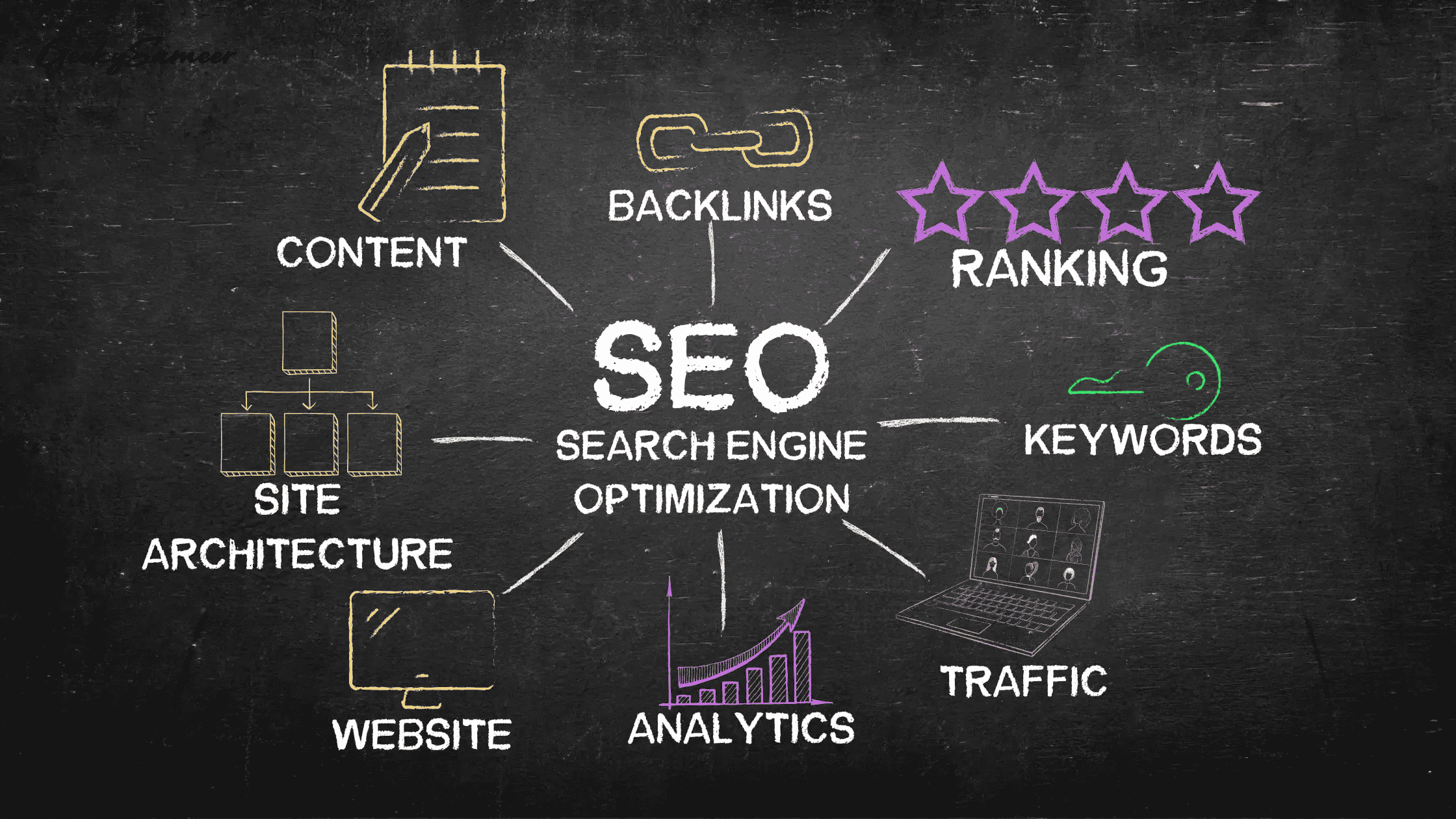B2B Loyalty Programs: A Comprehensive Guide
B2B Loyalty Programs are integral for any business that wants to stand out in the market. This way, you can ensure that your clients are happy, and as a result, you are making more significant revenue.
These programs usually offer certain benefits and incentives to customers who purchase from their company on a regular basis, encouraging them to come back for more and increasing their customer loyalty.
B2B loyalty marketing programs are equally effective as their B2C counterparts. All you need is to take a new approach. In today’s article, we will cover everything you should know about how to make it work.
So, keep reading!
What are B2B Loyalty Programs?
B2B loyalty or reward programs are programs aimed at increasing customer retention. As we have already mentioned, they involve activities that help companies build brand loyalty by offering something special to long-standing customers. Implementing a strong customer retention strategy is essential for the success of these programs.

Source
Unlike B2C loyalty programs, B2B loyalty programs often focus on building long-term relationships and providing personalized solutions/services that give value to their customer base. B2C programs, on the other hand, typically prioritize immediate incentives, discounts, and mass consumer appeal to reward individual purchases. Besides, B2B loyalty programs often include complicated negotiations and contracts, whereas B2C programs are usually more transactional and simple to implement.
Now that you already know what B2B loyalty programs are, let’s find out how exactly the can benefit your B2B business.
Top Benefits of B2B Loyalty Programs
B2B loyalty programs come with a bunch of benefits. Below, we have put together some of the key advantages of these programs.
1. More Repeat Purchases
B2B loyalty programs can increase repeat purchases from customers. The rewards in the form of rebates and discounts can be highly alluring for those people who regularly do business with you. This also applies to value added resellers who can benefit from loyalty incentives by gaining access to exclusive content, priority customer support, or early access to new products/services.The rewards can also include access to exclusive content, priority customer support, or early access to new products and services. Additionally, you can offer extra gifts like Canvas Prints & Wall Art to your customers, providing them with a unique and personal way to showcase their favorite memories. This also doubles as a marketing tool for your brand. You can customize this wall art by subtly adding your logo, thereby strengthening brand loyalty and recognition. Additionally, investing in a professional logo design for your startup can further solidify your brand identity and leave a memorable impression on your clientele
When customers get incentivized, they feel more encouraged and willing to continue purchases from a particular company. So, take the time to choose relevant rewards that best meet your audience’s needs and interests. This is the most actionable way to build customer loyalty.
2. Increased Revenue
As we have already mentioned, rewarding customers is a great way to make customers complete repeat purchases. The more they buy from you, the more sales there will be. As a result, your company has a higher revenue. This way, you can ensure that your company has a stable and reliable revenue stream.
3. Boost Brand Awareness
B2B loyalty programs, as part of SOP, not only boost revenue but also improve brand awareness among customers, as there is a high chance they will recommend the company to others.
When customers join a loyalty program, they actively engage with the company and the products or services it offers. Such engagement can lead to a stronger connection between the customers and the company, which, in its turn, can lead to increased loyalty and advocacy.
4. Improve CX
If you want to start a customer success process, B2B loyalty programs can be a powerful way to retain and nurture your B2B customers. These loyalty programs can offer incentives, rewards, or exclusive benefits to encourage long-term partnerships and customer satisfaction. They play a key role in building strong customer relationships and ensuring continued success in the B2B space.
B2B loyalty programs can provide useful information about end-customer behavior and preferences. This data can later be used to improve products and services, personalize B2B marketing campaigns, and optimize the overall customer experience.
Companies can analyze the data and detect any pain points in the customer journey and later take all the necessary steps to address them.
5. Better Sales Forecasting
Apart from improving customer experience, the data retrieved through B2B loyalty programs can be used to predict future sales and demand for products and services.
As a result, B2B companies can make more informed inventory and production decisions, optimize their supply chain, and make sure they are properly prepared to meet clients' needs.
3 Key Challenges Of B2B Loyalty Programs
1. Complex B2B Relationships
B2B relationships are often more complicated than B2C relationships. They typically involve several stakeholders, longer sales cycles, and higher transaction values. This can make it difficult for business owners to craft and launch an effective B2B loyalty program.
To handle these processes more effectively and effortlessly, consider partnering with relevant stakeholders in the design process and performing detailed research to understand the needs and preferences of the target audience.
2. Not Collecting and Analyzing Customer Data
Another common challenge of B2B loyalty programs is the failure to gather and analyze customer data.
A loyalty program can provide valuable information about customer behavior and preferences, but if the program is not implemented properly, this data might not be captured.
This can be a real hurdle for companies when trying to understand their customers and make informed decisions about their business.
3. Lack Of Personalization
Lack of personalization is yet another significant challenge that companies may face when executing a B2B loyalty program. A universal program may not cater to the unique requirements of individual business clients, including distributors, sales reps, retailers, store proprietors, and other partners involved in the distribution network.
Similarly, different businesses might have different priorities and preferences. For instance, a business client might be more interested in receiving bulk discounts, while another might value exclusive access to new products.
So, a lack of personalization can lead to a lack of engagement and participation from customers, as the program may fail to provide them with the rewards that are most relevant to them.
Key Elements of Successful B2B Loyalty Programs
1. Personalization
Personalization is critical when it comes to running a successful B2B loyalty program. By offering custom recommendations or crafting special offers based on a customer's past purchases, preferences, and interests, B2B companies can strengthen their client relationships with customers. Moreover, personalization also increases engagement and encourages repeat purchases, ultimately driving the success of the program.
2. Customization
Customization is another key element of a loyalty program. Customers will be happy if they know that they can customize their rewards. Whether it's choosing between discounts, merch, or exclusive experiences, allowing customization in a loyalty program will make customers feel valued and empowered to take advantage of rewards that best meet their unique interests and goals.
3. User-Friendly Experience
The loyalty program must be simple enough for customers to participate in and easily track their progress. This can be achieved through a user-friendly website or app. If you are going to build a web-based application for your loyalty program, make sure to use penetration testing tools to identify and address potential security vulnerabilities. This ensures that your customer's data and information remain protected and their participation in the loyalty program is not compromised by security issues. User-friendly design and robust security measures are essential for a successful loyalty program.
Also, make sure your website is accessible to people through major web browsers, as well as DuckDuckGo alternatives, to reach a broader audience and make your B2B loyalty program accessible to as many users as possible. This inclusivity is key to the success of your program.
Besides, there should be clear communication about the program and how it works, as well as easy-to-understand instructions so that customers can participate and monitor their rewards effortlessly.
5. Integration With Other Programs
Integration with other programs or services that business customers are already using can enhance the success of a loyalty program. For instance, a loyalty program that allows customers to earn rewards through purchases made with a company's credit card can be highly appealing.
6. Relevant Rewards
The incentives offered through the B2B loyalty program must be relevant and appealing to customers. Companies can offer discounts on their products and services, free shipping options, exclusive access to events or content, or other special rewards that add some value to customers.
How to Build Successful B2B Loyalty Programs in 5 Steps
Now that you have learned about the key features of successful loyalty programs, it is high time to dig into the basic steps of building a B2B loyalty program.
This might sound something challenging, but, in fact, we have gathered some of the best practices to help you get started as a B2B business.
So, let’s start!
1. Define Your Loyalty Program Goals
The first step is to set clear goals for the program. This way, you can understand whether the program is achieving its desired objectives and make necessary adjustments to make it even better.
Besides, it will provide helpful information and insights about your B2B loyalty program’s performance, which can also be used to improve the program in the future.
2. Choose Your Rewards
The next step is about selecting the right incentives.
How are you planning to reward your loyal customers?
Different loyalty programs operate in varying ways, depending on factors such as the product, customer interactions, touchpoints, and pricing structure. Your rewards should align with your individual preferences and understanding.
For instance, you can offer benefits like access to exclusive educational content. However, discounts on future purchases can also be highly effective.

It is also important to clarify your expectations from customers. Ask yourself what you want in return.
Maybe you want them to take part in customer surveys or be active on social media. Indeed, you should also make it clear to customers what benefits they should expect from your program.
Mystery rewards might be appealing to B2C customers, but B2B clients want to know that their investment is worth it.
3. Segment B2B Customers
Segmenting customers for a B2B loyalty program is crucial to making sure that the incentives meet the diverse needs and preferences of diverse client groups. The sales incentive software's benefits are innumerable in this context.
Besides, segmentation allows businesses to define their most valuable customers and concentrate their resources on those who benefit their business the most.
As different customers have their own unique pain points, needs, and preferences, segmentation can also be useful in determining them.
To successfully segment your B2B customers;
a. Gather customer data.
b. Define key segmentation criteria (industry, size, location, etc.).
c. Analyze customer data to identify any patterns and similarities.
d. Create detailed customer profiles for each segment.
e. Consider diverse segmentation models (geographic, firmographic, behavioral, etc.).
f. Test and improve your segmented strategies.
g. Personalize your B2B loyalty program incentives and communication.
h. Keep track of segment performance and adjust strategies accordingly.
4. Make the Program User-Friendly
Next, you should make sure that your loyalty program is easy enough to use. Simplify the process of joining the program. Offer customized reward statements that are regularly sent to program members, eliminating the need for them to log in to the website until they wish to redeem their points.
Your rewards website should also be user-friendly and provide program participants with all the necessary information (current point balance, earnings history, available bonus offers, etc.) they need. If your small business is in the pet market, think beyond typical discounts. Consider offering exclusive offers on pet-related services or goods, such as dog or cat insurance. The objective is to think outside of the box.
When your program is user-friendly, customers feel more comfortable participating and engaging with it. The ease of use not only improves the customer experience but also increases the likelihood of repeat purchases and brand loyalty.
5. Assess and Refine Your Program
This is perhaps the most important step. Running a loyalty program is not enough. You should also manage and monitor the data gathered through your loyalty program. Never launch a B2B loyalty program without a clear strategy on how to measure its effectiveness.
To assess the performance of your customer loyalty program, evaluate the following aspects;
a. Earnings from your B2B loyalty program.
b. Find out whether your program positively affects customer retention.
c. Measure the ROI of your B2B loyalty program to determine whether it is delivering the expected value.
A rewards program should not be something fixed. It should evolve in accordance with your business objectives, incorporating insights gained from program assessments and adapting to changes in the market or business circumstances.
So, keep trying and improving. Soon, you will start seeing the positive impact of these continuous efforts.
Conclusion
Crafting and running a B2B loyalty program might seem difficult, but with the above-mentioned tips, everyone can succeed and significantly enhance customer retention, drive revenue growth, and deepen relationships with customers.
By learning your target audience, building a comprehensive program, and regularly assessing and improving your loyalty program, you can create a powerful tool to foster customer loyalty and stand out in the competition.






